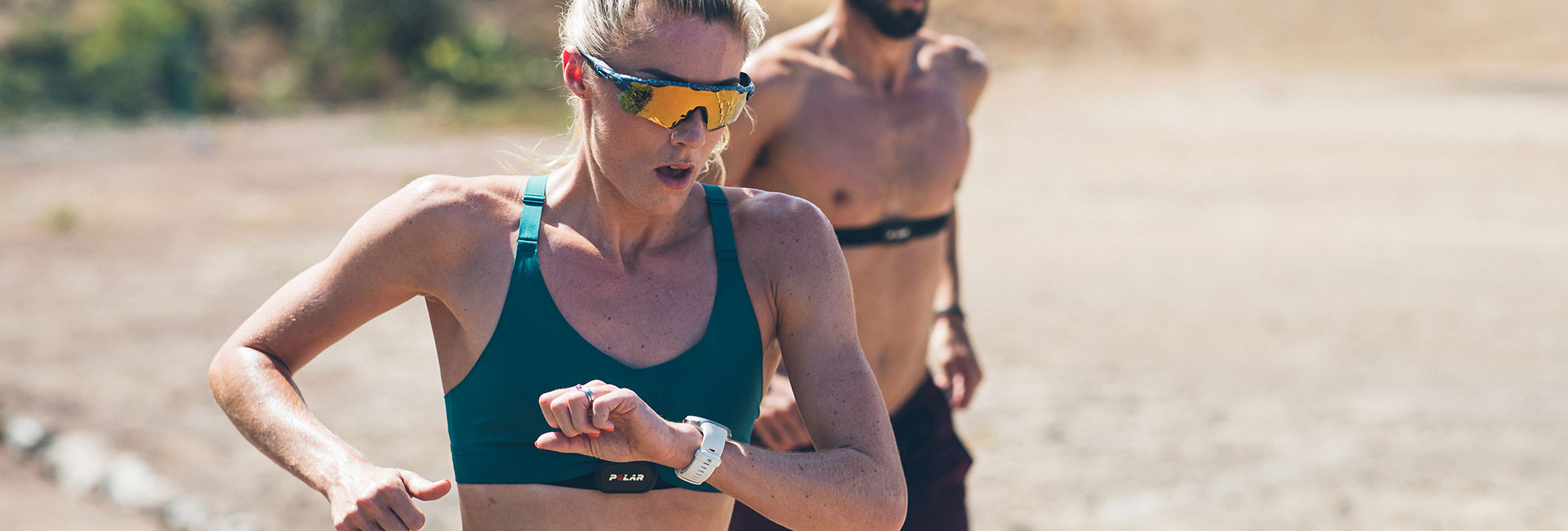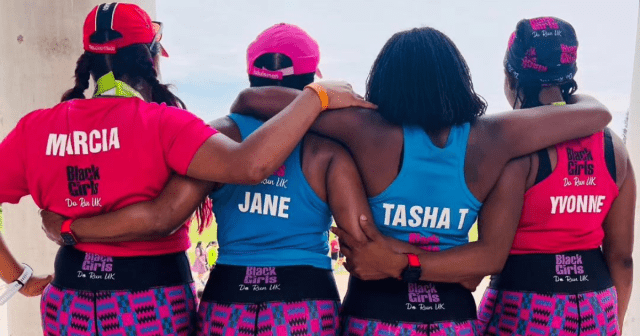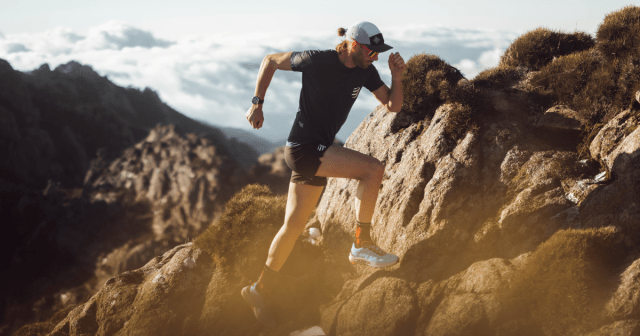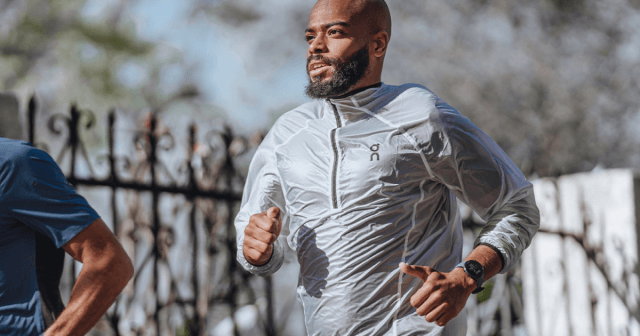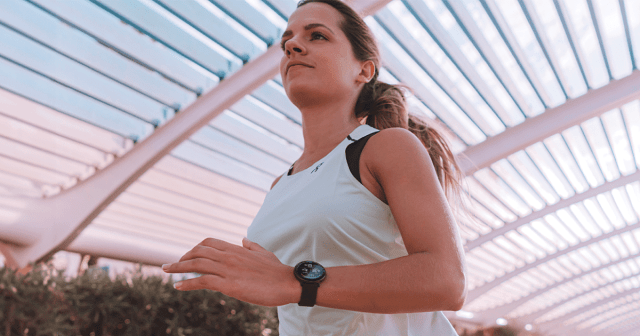Milly Pickles was a lacrosse-loving university student living in Bournemouth, UK, when an accident in 2017 left her fighting for her life.
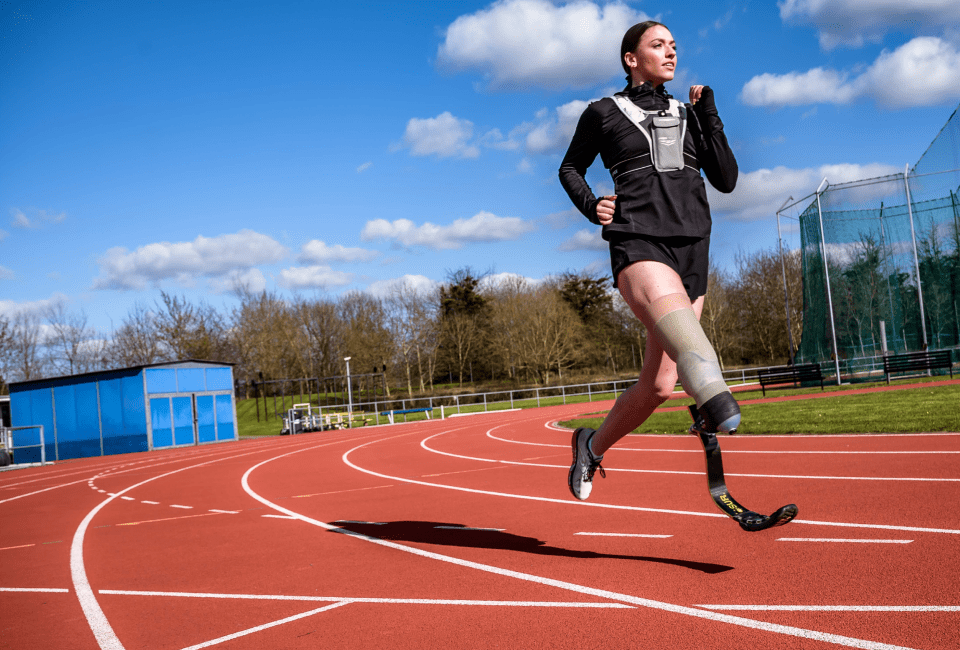
An electrical shock traveled up her right leg and out through her left foot, mercifully missing her spine but causing life-changing injuries. It took 20 surgeries, including the amputation of her right leg, before she was able to leave hospital two and a half months later and begin her journey to recovery.
Flash-forward four years and the para-athlete and social media star is an inspiration to thousands who watch Milly’s funny and informative videos about running blades, HIIT workouts, and smashing her goals. With over 10 million likes (and counting) on TikTok, Milly is helping a new generation understand the power of determination and a positive mindset.
We caught up with Milly about visibility, heart rate zones, and what it took to come back stronger.
Images credit: Freetrain
Hi Milly! You have a massive following on TikTok. How vital has visibility been to you as a para-athlete?
I think there is great visibility in sports thanks to the Paralympics. I’ve always loved sport, and getting back into it post-amputation was always important to me.
Visibility as a disabled woman is so important to me because when I first became an amputee, there were not many people I felt I could relate to. This is why I began sharing my journey on social media as I wanted to connect with others but also be that person for someone else that I didn’t have.
I think there is great visibility in sports thanks to the Paralympics. I’ve always loved sport, and getting back into it post-amputation was always important to me.
However, not all disabled people want to be part of the Paralympics, so I think visibility for disabled people needs to be across the board in all industries – TV, fashion, etc.
What’s your favorite feature on your Polar Vantage M2 sports watch?
Seeing what zone I am in really motivates me to work harder.
My favorite feature is tracking my heart rate zones. Seeing what zone I am in really motivates me to work harder.
I also like the carb refuel and drinking reminders. This is super key as a para-athlete.
Tell us about your workout routine.
I do cross-training – a mixture of track/sprinting sessions, plyometrics, strength work, swimming, yoga/pilates, circuits, etc.
I train three to four hours a day, six times a week.
Which athletic goals are you currently working towards?
I find the discipline needed as an athlete so fascinating. I love it.
Being the best sprinter I can possibly be and getting as far in competitions as I possibly can. The challenge mentally and physically motivates me. I find the discipline needed as an athlete so fascinating. I love it.
Are you a fan of any particular athletes or sports teams?
Hunter Woodhall – the double-amputee USA Paralympian sprinter and social media influencer. I am so excited to see him compete this year!
I follow so many Olympians, Paralympians and track social media accounts because I find it so motivational. It’s interesting to learn from others, especially about their training routines. I’m constantly taking in inspiration.
How essential has your mindset been during your recovery and in helping you get active again?
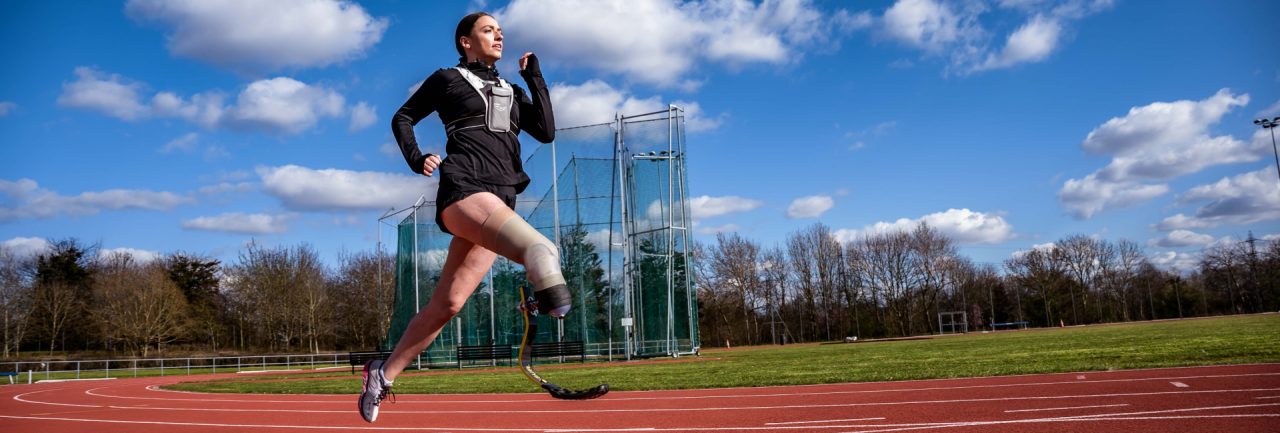
My physio told me because I was young and determined, that really aided my recovery.
Mindset is HUGE. I believe if you have:
(a) the self-belief
and
(b) put in the effort to achieve something, you can achieve anything in life.
I was determined to get back to my life post-amputation and be the best I can be. I put in the effort to achieve this, and my physio told me because I was young and determined, that really aided my recovery.
How has building a community through social media inspired your journey?
Connecting with other amputees helped me realize I am not alone. It also enables you to see where you could be in X amount of years, which really motivates me to push myself further. It helps give clarity on what possibilities are available to you.
My overarching goal in life is to help as many people as I can because hearing this makes me so happy.
I also love how I’ve connected with so many people in general, especially when people let me know how much I’ve helped them with their depression via the mindset tips I share. My overarching goal in life is to help as many people as I can because hearing this makes me so happy.
What type of running blade do you use, and how has it transformed your power/cadence/style?
It takes a lot of strength and control to be able to use the blade.
I have an Össur Cheetah® Xtend™, which is my first blade. It can be used for sprinting, and long-distance running and helps you progressively get faster.
However, I’ll need another blade soon that will be specifically for sprinting and super springy. It is advised not to start on this blade due to the control required, which will be built up first through using the Xtend.
When running, I have to think about putting different weight through each leg, as my human leg is more of a deadweight compared to my blade. It takes a lot of strength and control to be able to use the blade. However, as you get used to the blade, it does feel a lot more natural. Being able to run with comfort when using the blade is the most amazing feeling!
In what way do you feel you have come back stronger since your accident?
I learned how short life really is, so it made me want to do and achieve so much, making me more driven and motivated as a person.
It made me realize how strong and resilient I am mentally. I always had been, but I didn’t completely understand how strong I was.
It also made me realize that your physical body doesn’t define you and made me care less about what people think of me. I learned how short life really is, so it made me want to do and achieve so much, making me more driven and motivated as a person.
If you liked this post, don’t forget to share so that others can find it, too.
Or give it a thumbs up!
I like this article
Please note that the information provided in the Polar Blog articles cannot replace individual advice from health professionals. Please consult your physician before starting a new fitness program.

